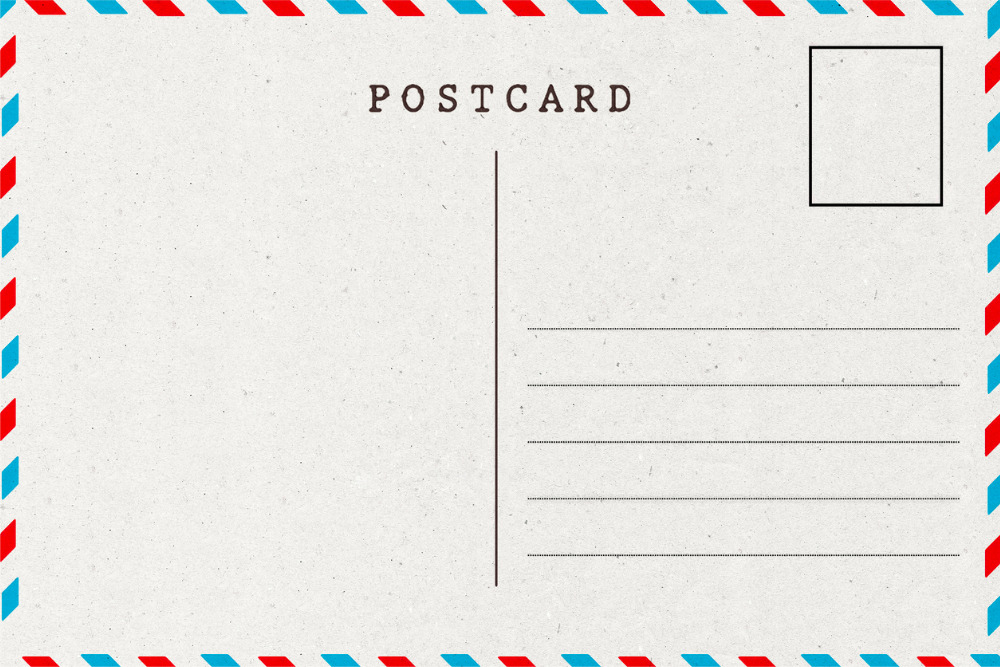Earlier this year, the world was caught off-guard by the rapid spread of the novel coronavirus…

Christmas and Catalogs are Coming
Areas where direct mail has influenced digital marketing is through the circulation of catalogs. Recognizing that catalogs are more fun and easier to browse than an endless list of merchandise-laden webpages, companies have begun distributing their catalogs via their websites, but it’s important not to underestimate the value of a well-distributed physical catalog.
Direct Mail Catalogs
There’s something special about getting a catalog in the mail. A person can feel the glossy pages, hear the rustle of pages. They can’t delete it like an email with barely a glance at the subject line. And unless they throw it away immediately, the catalog will make it into their home, where they will flip through or read it. People tend to hang-on to their direct mail. Remember, 70 to 80 percent of people review all their mail regardless of what it is, and the odds are good that they’ll find something interesting in your catalog that prompts them to order, search for more information online or call.
According to Entrepreneur, 56 percent of people who receive the Costco monthly catalog made a purchase as a direct result of an item featured in the catalog — even considering Costco members pay for a club membership and are eager to make their investment worthwhile, that is an impressive number. Combine that figure with the 8.6 million catalogs issued each month, and you can see how direct mail catalog circulation matters in today’s environment. Costco isn’t alone. Williams-Sonoma spends half of its marketing budget on direct mail catalogs. Across seven different brands, Williams-Sonoma netted a $141 million profit in the first three months of 2016, and Neiman Marcus makes $4 in sales for every dollar it spends on its catalog.
But, Williams-Sonoma and Neiman Marcus are large companies. And people who receive the Costco catalog have a vested interest in what Costco has to say. But what about smaller businesses? Is a physical catalog worth the investment? Consider the case of Bonobos, an online retailer with no physical stores and a modern approach to advertising and marketing. You might think they would avoid direct mail catalogs altogether, but Bonobos ran a small catalog test to see if a direct mail catalog would work for them. The experiment worked better than they ever expected, and now more than 20 percent of first-time visitors to the Bonobos website place orders because of the catalogs they received. Furthermore, those visitors who were driven by the catalog spend 150% more than new customers who didn’t receive a catalog.
The Bigger Picture
There’s a lesson to be learned from the success of Bonobos. It’s not all about direct mail being the shining star of your company. It’s not even about catalog recipients spending more than people who don’t receive your catalogs. The important thing is that people buy something, somehow, from your company.
Every action taken in marketing works to support the others to create a meaningful customer experience, at every touchpoint, from beginning to end. And knowing what the customer expects at any given point in their path-to-purchase will help you determine how and where you should direct your advertising focus — if by paid search, social media marketing, email or with a catalog. This consumer-focused approach is redefining how companies approach marketing, which allows every marketing effort to showcase and build on its particular strengths.




This Post Has 0 Comments